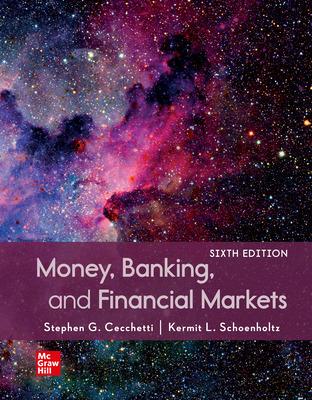Answered step by step
Verified Expert Solution
Question
1 Approved Answer
Consider a similar problem to invest in developing a natural resource field but over 2 periods. The investment involves buying a lease that costs I
Consider a similar problem to invest in developing a natural resource field but over periods.
The investment involves buying a lease that costs I M upfront at t that provides a
compound option first option leading to a subsequent option giving the right at t to invest I
M to receive at t the basescale firststage project cash flow value V plus an option to
subsequently at t make an additional investment I M decisiontree like representation
to expand processing capacity by Assume dt step per year, multiplicative up and down
parameters, u and d and riskadjusted riskneutral probability p r
Draw three binomial trees over t as follows:
three parts, marks all
a One binomial tree for the underlying project value Vassume V M
b a second binomial tree for the last expansion option, showing the expansion
option payoff at t write the formula What is the current t value of
the option to expand capacity by by paying cost I M at t
c a third binomial tree for the first compound option to invest in the base scale
project in the first stage at t showing its payoff at t to pay I M to
acquire the firststage base project value V plus the followon expansion
option What is the current t value of the first compound option?In above, show the appropriate values numbers on all nodes states on all three
binomial trees and show your basic calculations eg for the option payoffs and
calculated option values along each binomial tree on the side marginWhat is the time net value ExpandedNPV of this investment opportunity after
accounting for the upfront lease cost of I M Should you acquire the lease?
What is the maximum you would pay for it
iv Now suppose you are to solve the above year problem using N steps to divide
the year maturity of the option to expand using annualized sigma of What will
then be the multiplicative up and down parameters u and d and the riskadjusted
probability p assuming no competitive damage or other form of dividend yielddelta
What would p be instead if there is a competitive erosion in project value V delta
Step by Step Solution
There are 3 Steps involved in it
Step: 1

Get Instant Access to Expert-Tailored Solutions
See step-by-step solutions with expert insights and AI powered tools for academic success
Step: 2

Step: 3

Ace Your Homework with AI
Get the answers you need in no time with our AI-driven, step-by-step assistance
Get Started


